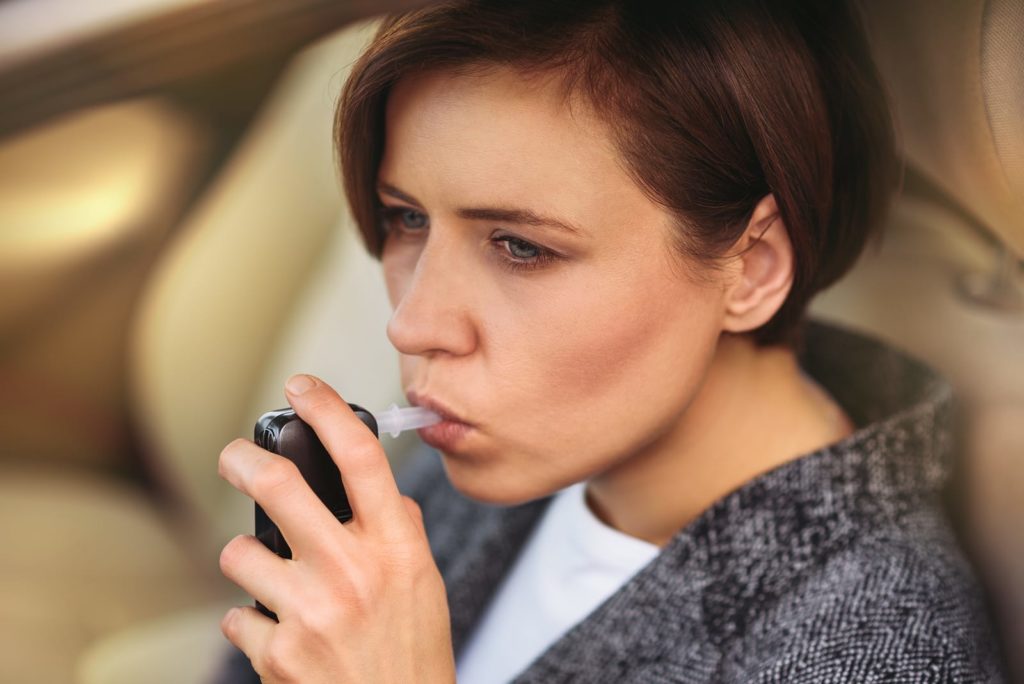Blood-alcohol content, or blood-alcohol concentration (BAC), is a way of measuring a person’s level of alcohol intoxication. The measure refers to the percentage of alcohol in a person’s blood compared to the total volume of blood. For example, a BAC of 0.08 (which is the legal driving limit for most states in the U.S.) means that the mass of alcohol in a person’s blood is equivalent to 0.08, or eight-tenths of 1 percent, of the person’s total blood volume. BAC is primarily used as a medical and law enforcement tool, for treatment, and for determining when a person is considered to be legally intoxicated and impaired.
The Effects of BAC Levels
While BAC can be measured very precisely through blood and urine tests, the effects of different levels of blood-alcohol content are not exactly the same for every person. Nevertheless, most people will experience predictable patterns of behavior and impairment as their BAC increases. A BAC of between 0.010 and 0.029 percent does not typically produce noticeable effects. People with this level of intoxication will behave normally, and specially designed tests are needed in order to find any evidence of physical or mental impairment. With a BAC level between 0.030 percent and 0.059 percent, the first signs of altered behavior and impairment become noticeable. Many countries in the world have a legal driving limit of 0.05. A loss of concentration is the primary impairment noticeable at this stage. Behavioral effects include feelings of relaxation and euphoria, some lowering of inhibitions, and increased talkativeness. The BAC limit for legal driving in most U.S. states falls between 0.06 and 0.09. At this blood-alcohol concentration, behavioral changes are similar to those at lower concentrations. However, additional impairments generally include slow or faulty reasoning, poor depth perception and a loss of peripheral vision. In addition, the eyes are slower to adjust to different levels of light. BAC levels between 0.10 and 0.19 usually produce very noticeable physical and mental difficulties and out-of-character behavior. People with this level of intoxication may have wild mood swings, experience fits of anger or sadness, and will often seem loud and out of control. In addition, people with this BAC will usually slur their speech, become very clumsy and uncoordinated, and have very slow reaction times. People with blood-alcohol contents of 0.20 to 0.50 run the risks of more serious physical symptoms. Memory blackouts are common, breathing may become difficult, and death from alcohol poisoning becomes a real possibility.
Reaching Different BAC Levels
BAC is a standard measure, although the exact effects that different BAC levels will have on different people certainly varies. The amount of alcohol required to reach different blood alcohol concentrations varies even more. Height, weight and gender all have a big effect on the relationship between how much alcohol a person drinks and the resulting BAC. Other factors such as the amount of food a person had eaten and whether a person is well hydrated also play a role. Without taking a precise test, it is impossible for a people to know their exact BAC levels. However, you can use charts to predict your BAC level depending on your weight and whether you are male or female. This will only be an estimate, but it can be a valuable tool for people who want to know whether they are likely to test above the legal limit for driving, or whether they are likely to experience problems while driving or performing other activities that require coordination and concentration. BAC charts show the number of drinks you can have before you are likely to be at or beyond the legal driving limit. For example, a man who weighs approximately 200 pounds will probably have a BAC close to 0.08 percent after four drinks. A woman who weighs around 120 lbs may only be able to consume two alcoholic beverages before she reaches the legal limit. For these estimates to be useful, it is important to notice what amount equals one “drink.” Twelve ounces of beer is typically considered to be one drink, in contrast to only 1.25 ounces of 80-proof liquor. It is also important to remember that these are very imprecise estimates. They can be useful as a way of find out whether you are possibly legally intoxicated, but they are much less useful as a way of ensuring that you are NOT over the legal limit. It can be dangerous to assume that you are safe to drive if a BAC chart shows that you should only have a BAC of 0.06 or 0.07.

